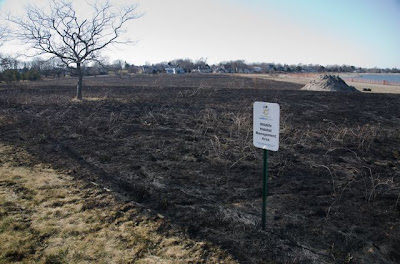For immediate release:
Connecticut Audubon Society is seeking to hire a seasonal technician for the Audubon Alliance for Coastal Waterbirds.
Position Summary:
To aid Connecticut DEEP and US Fish and Wildlife Service efforts for inventory, monitoring and stewardship of coastal waterbirds in Connecticut
Essential Functions:
The waterbird technician will assist conservation scientists with monitoring, research, and management activities for nesting and migratory shorebirds on the coast of Connecticut
Preferred applicants will have previous experience working with beach nesting shorebirds and waterbirds. Weekend and holiday work will be required. This is a great opportunity to work with several species of shorebirds and waterbirds in a unique estuarine ecosystem. Salary is $10 per hour, 35 hours/week for a period of 26 weeks. Starting date is flexible but the position will be available by early April. No benefits. Assistance with project-related mileage will be provided, but applicant will need to use personal vehicle. Limited assistance with housing may be available.
Qualifications and Experience:
Basic qualifications include: coursework in active pursuit of a degree in biology, wildlife management, or related field; experience with waterbird and shorebird identification and/or monitoring for the US east coast; experience working with Microsoft Office Suite software; experience with GPS units; must have valid driver's license and safe driving record; experience and ability to communicate clearly via written, spoken and graphical means.
Working in physically strenuous settings, in variable weather conditions, at remote locations, and on difficult and hazardous terrain.
MS Office Suite, GPS operation, experience with boating and/or sea kayaking is a bonus.
To Apply:
Please send a CV and letter of intent to:
Twan Leenders
Conservation Biologist
Tel. (203) 259 6305 ext. 114
Email: tleenders@ctaudubon.org
www.ctaudubon.org

























































